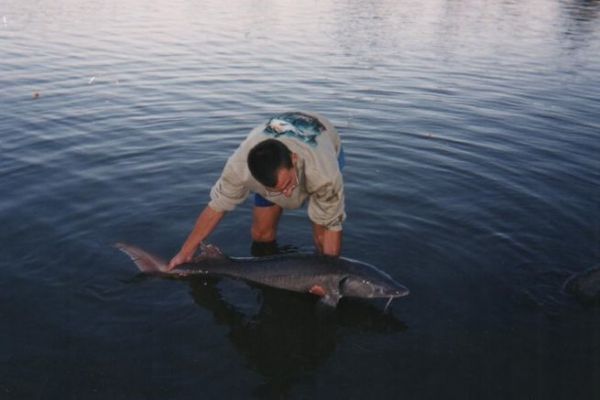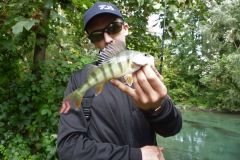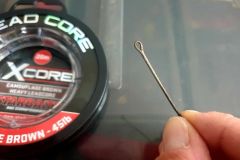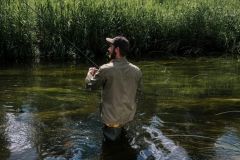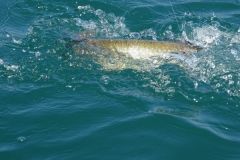Unusual baits for sturgeon fishing
You'll have to look hard to fish specifically for sturgeon, which, even if they're fished with boilies or seeds, like other baits that trigger a maximum number of hits.
Rather, it is an opportunistic fish that will naturally feed on whatever it finds on the bottom. In some countries, fishermen look for them with egg balls in a sticky which they bite directly onto the hook.
Generally speaking, we go for meat products such as bacon, herring, chorizo, sausage, ham... These baits are selective and allow you to catch all sturgeon species all year round. For me, the best baits are diced ham heel and fresh roach fillet.
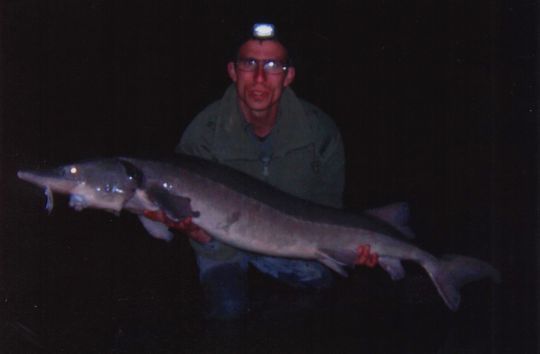
Sturgeon fishing with a quiver
Sturgeon can be stalked with a variety of tackle like that used for carp fishing, but quiver fishing remains a more discreet approach, and the larger fish are brought out with finesse and spectacular fights. This is probably the best technique for catching your first sturgeon.
First of all, quiver rods have very sensitive tips that allow good touch detection, with rods that are more powerful and much stiffer than those for carp. Secondly, today's quiver rods are powerful enough to comfortably fight fish weighing up to 50 kilos. Last but not least, this technique is much lighter to set up and more accessible for a novice angler looking for his first specimens.
Baiting is very simple, as our dear sturgeon are real vacuum cleaners, so a carpet of seeds will be laid in good quantity to seduce them. Wheat, corn and hemp seeds will be thrown in sufficient quantity over a nearby area to allow frequent slingshot recalls.
Sturgeon fishing rig
You need to consider the size of the fish you're after, their morphology and atypical behavior, to determine the best set-up for sturgeon.
In France, we'll be looking for these fish in private, often shallow bodies of water, so a 15 to 20 gram sinker is perfectly suited to this type of fishing. The sinker must slide freely on the line so as not to offer any resistance on the bite. Next, the leader should be longer than a conventional leader, no more than 60 cm. A barrel swivel should be fitted between the sinker and the leader, as sturgeon like to turn on themselves to foil traps.
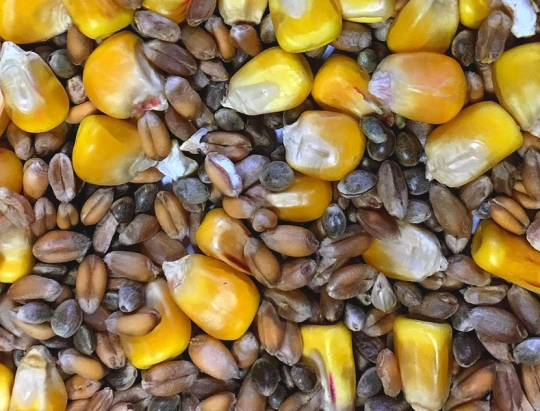
The discreet touch of sturgeon
The sturgeon's bite is very different from that of carp: it hardly ever "unwinds". If you wait for the start like you do when you're looking for carp, you'll miss 9 out of 10 bites! You therefore need to set up your fishing station so as to have the rod right at hand and be in a position to strike very quickly on touch.
It's a fish that swims constantly, following a circuit that it constantly renews. They don't stay parked in a dead tree like carp, and baiting doesn't hold them for very long. So you have to catch it "on the fly". What's more, its protractile mouth enables it to spit out food very quickly if it smells our trap, so you have to hook it with a touch that remains very discreet.
The rod tip will bend only slightly and very slowly, but strike as quickly as possible, as there will rarely be a second jerk. As soon as it feels bitten, the sturgeon will power away, unwinding as much line as possible. Then, once this start has been countered, it will seek the bottom and come to the surface to make spectacular jumps. Once tired, after very long minutes, it will surrender easily. But before you take it out, be very careful, as it's a very fragile fish, especially its nose.
How to handle a sturgeon
Before you start fishing for sturgeon, you need to make sure you can handle them properly.
It's true that you can't lift a 1.50 m fish like a 5 kg carp. It is possible to use weighing equipment and landing mats used in carp fishing, but of larger dimensions, such as catfish fishing equipment. The mat should be positioned as close as possible to the water so as to allow the sturgeon to slide onto it, without carrying it over the ground or stones, to avoid any risk of it falling onto hard ground.
But the main risk for sturgeon is poor oxygenation when they are returned to the water, particularly during the warmer months. It will take many minutes to reoxygenate the sturgeon before it will start to swim again on its own, so it's best to be able to handle the sturgeon in the water just long enough to unhook it. The souvenir photo will be taken in the water and will be all the more beautiful for it.
